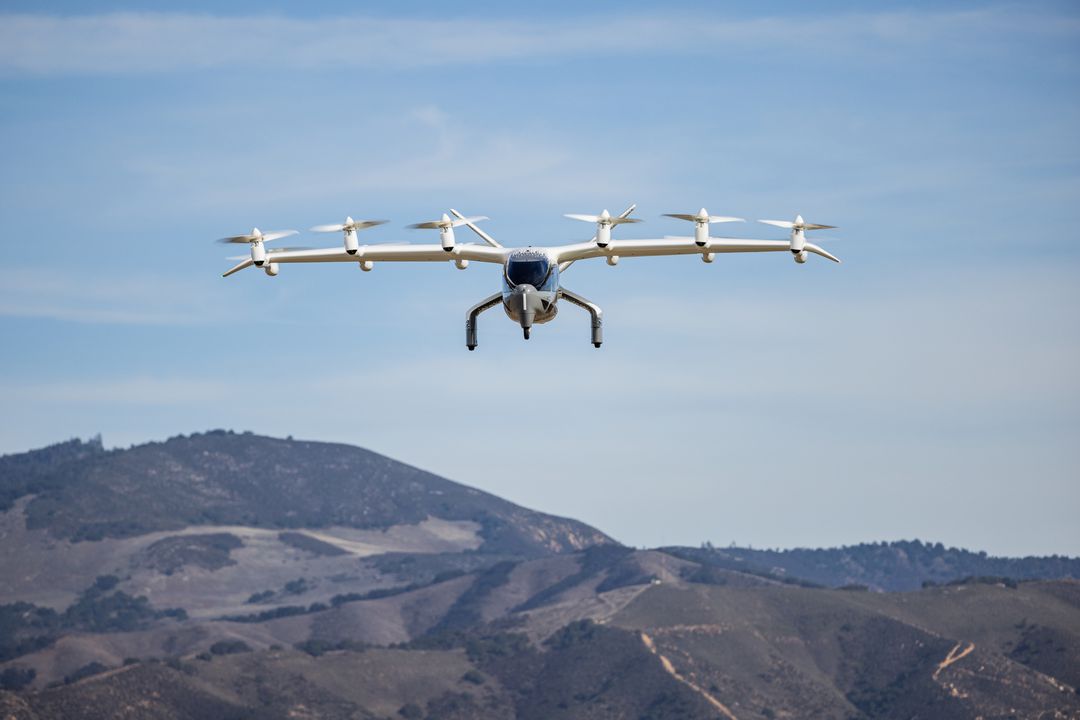"Informed AI News" is an AI-curated publications aggregation platform, ensuring you access only the most valuable information, with the aim of eliminating the information gap and transcending the confines of information cocoons. Find out more >>
Archer Aviation Secures FAA Certification for Electric Air Taxi Service
- summary
- score

Archer Aviation, headquartered in San Jose, California, has achieved a significant milestone by securing the FAA's Part 135 Certification, crucial for initiating its electric air taxi service. This certification, akin to a taxi license for aerial operations, permits Archer to commercially operate its fleet of electric vertical takeoff and landing (eVTOL) aircraft.
The company's premier aircraft, "Midnight," a five-seater eVTOL, is engineered to cover 60 miles on a single battery charge at speeds reaching 150 mph. It seamlessly transitions from vertical to forward flight, merging helicopter and airplane functionalities. Prior to commencing commercial operations, "Midnight" must undergo and pass the FAA's rigorous Type Certification process to ensure it adheres to all safety and design criteria.
Archer's advancements are particularly noteworthy in an industry where regulatory approvals are notoriously slow. The FAA's recent reclassification of eVTOLs as "powered-lift" rather than conventional aircraft has added layers of complexity to the certification process, affecting their commercial feasibility.
Notwithstanding these challenges, Archer, alongside competitors such as Joby Aviation and Volocopter, is committed to leading the charge in a new era of urban air mobility, providing a quieter, more environmentally friendly alternative to traditional helicopters.
This breakthrough in aviation technology heralds a revolution in urban transportation, promising to alleviate ground congestion and reduce emissions, albeit facing the significant task of integrating these new aircraft into existing air traffic control systems.
| Scores | Value | Explanation |
|---|---|---|
| Objectivity | 5 | Content provides a balanced overview of Archer Aviation's certification and the challenges in the eVTOL industry. |
| Social Impact | 4 | The news sparks discussion on urban mobility and environmental impact, influencing public opinion. |
| Credibility | 5 | Content is credible, discussing FAA certification and industry standards. |
| Potential | 5 | High potential to trigger significant changes in urban transport and environmental practices. |
| Practicality | 4 | Highly practical as it discusses real-world application of eVTOL technology. |
| Entertainment Value | 3 | Some entertainment value as it introduces futuristic technology but lacks broad appeal. |